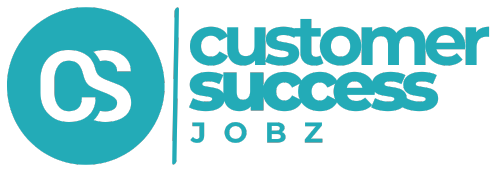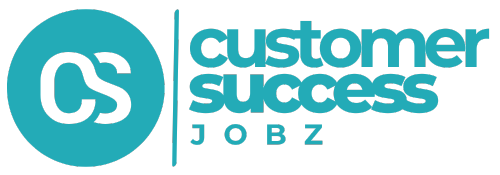
주소주라
Add a review FollowOverview
-
Founded Date October 14, 2008
-
Sectors Media and Publishing
-
Posted Jobs 0
-
Viewed 44
Company Description
The Ugly The Truth About Address Collection Site
Collecting Addresses Through a Address Collection Site
 Collecting addresses can be a long and challenging task during the COVID outbreak. A centralized list can make collecting addresses for a wedding or event much easier.
Collecting addresses can be a long and challenging task during the COVID outbreak. A centralized list can make collecting addresses for a wedding or event much easier.
Create a website using your own URL. Share this link with your friends and family members to request their mailing addresses, birthday info and phone numbers. Your new website will be able to store all of the information you need absolutely free of charge, limitations, or hassle!
Addresses to be collected
Addresses collection is an essential task for any wedding. It can be done through various methods including traditional and digital. The most efficient method to collect addresses and compile them is to use a website that can help you in this process. These websites are simple to use and you can also share them with your family and friends so that they can include their details online. You can download the information at any time as the format of a CSV or spreadsheet. These sites are often free to use and never sell your address information or keep it in any database.
Mailbook is among the most sought-after options for digital invitations. It helps couples collect and compile the details they need for their invitations. After you sign up for an account that is free you will receive a unique link that can be shared by text message or Facebook, or via email. The link will prompt users to enter their email address and then save it in your personal contact list. The service also offers a number of other features that make it a good option for couples looking to simplify their wedding planning.
Apps for tablets and smartphones are another option to collect and organize addresses. These apps are a convenient method of keeping track of the addresses and names of your loved ones. They also can be used to design custom envelopes or labels to send invitations or thank you cards. These apps are usually free to download and come with a variety of features that will be useful to plan your wedding.
There are many methods to collect addresses. Combining digital and manual methods is the most effective way to make sure that all your guests get an invitation. In addition to making the process more efficient, having a central list of addresses will make it easier for you to communicate with your wedding vendors and tick off the other items on your to-do list.
Mobile Apps
Every mobile phone has an address book built-in commonly referred to as “Contacts.” The apps also come with additional tools to help you manage personal information. Some apps include the ability to backup and sync that allow you to transfer information about your contacts and content between devices. Others offer special features, such as a social compass that warns friends of each others’ presence, or a caller identification service that lets users exchange contact information with a single click.
CircleBack (Free/ iOS) works to weed out duplicate entries and improve the information about contacts by automatically combining new data from social media accounts. The app also detects any missing information, like job titles, and alerts when the contact has been updated on another device.
Stat Trak Address Book (Free/ Windows) is an intuitive software application that allows you to store contact information and printing addresses books and labels. The features that can be customized of Stat Trak Address Book permit you to add additional information in the form of notes or grouping data by categories. The software lets you remember contacts using their first or last name. It also sends reminders for upcoming birthdays. It also allows you to analyze data and produce detailed reports, which can save time by automating specific tasks. The software has a variety of printing options for envelopes and address labels and envelopes, as well as a template feature to design your own designs.
Manual Methods
Addresses are an important piece of information that can be used for many purposes including administrative, emergency response and mapping GIS and navigation and routing. Addresses are collected by local authorities in the thousands and are stored in numerous databases and records. They are used for a variety of different purposes. These files are difficult to integrate into central databases due to the different formats and types of data. Software programs can analyze this information and standardize it, removing duplicates and incorrect data, and ensuring the data is correct and complete.
These programs are based on algorithms that use complex databases and structures like GeoPostcodes to verify the accuracy of addresses and provide a of the data’s consistency and accuracy. The data is then integrated into the CSDGM to create one file. The program can also check and check the file against authoritative databases to confirm that it is accurate and up-to-date.
Although these programs can offer valuable functionality however, they can be costly to set up and maintain. This makes difficult to implement them for large organizations or for the general public to access and use. In addition, they could be susceptible to errors and bugs which could lead to incorrect or inaccurate address information.
There are a few standards that can be used to support address-related data, including the Content Standard for Digital Geospatial Metadata(CSDGM), OpenGIS Simple Features Specification For SQL Revision 1.1 and the Geographic Information Data Model(OGDM). The OGC has a number of other standards that are more focused on the data associated with addresses however they do not focus on quality information or reporting.
The OGC has three standards: ISO 19113, 19114, and 주소주라.com SDTS. ISO 19113, 19114, and SDTS that are more focused on the particulars of describing and transferring data with an address component. These standards include content tests for the different applications of this type of metadata and ways to test and report the quality of the information.
The most common method for recording and storing address data is to use the database. It can be as easy as an excel spreadsheet as well as data structures and tables. This is a popular and adaptable tool, but it can be difficult to create and maintain, especially in large companies.

